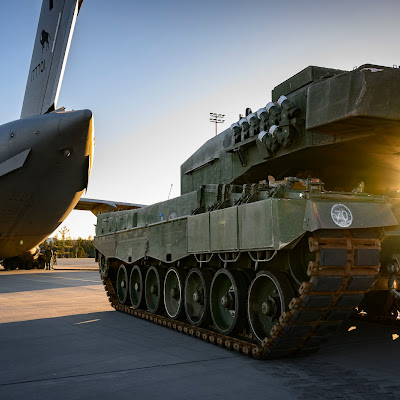After the sighting of Su-30MS' and Su-24M2s over Syrian airspace just days ago, new satellite imagery acquired by Stratfor and AllSource Analysis dating from the 20th of September has now revealed the presence of twelve Su-25 'Frogfoots' being assembled at Hmeemeem/Bassel al-Assad IAP for a total of twenty Russian combat aircraft now confirmed to be deployed in Syria. Around the same time, U.S. officials claimed that no less than twenty-eight combat aircraft and up to twenty helicopters have now been stationed in Syria as part of wider Russian deployment of military personnel in Syria.
The aerial strength of this Russian expeditionary force now totals an impressive twelve Su-24M2 and four Su-30SM fighter-bombers and another twelve Su-25 ground-attack aircraft in addition to up to twenty helicopters, mainly Mi-24/35s and a few Mi-17s and unmanned aerial vehicles (UAVs). The Su-24M2s have however not yet been seen on satellite imagery of Hmeemeem/Bassel al-Assad IAP, which may appear on later satellite imagery or have since been stationed elswhere, T4 being a logical choice considering it already houses the SyAAF's Su-24 fleet.
Reports of UAVs operating from Hmeemeem/Bassel al-Assad IAP are not
surprising given the sheer size of the Russian contingent deployed in
Syria. The first Russian UAVs were already spotted over Syria on the 21st of July 2015, a mission which might now have been expanded with larger types of UAVs.
While the exact goals behind the mass deployment of Russian military
personnel, equipment, vehicles and aircraft remain unknown, a sudden offensive spearheaded by Russia might result in completely different results then one undertaken by the regime. Another possibility is that Russia will refrain from a large scale deployment of troops to the frontline and instead will participate with its aerial assets first, which might reach up to fifty aircraft and helicopters in size in the coming days.
The Su-25s, all nicely lined up, represent an excellent Close Air Strike (CAS) force, and could utilise their large payloads to provide continuing support to ground forces during any offensive. Especially when equipped with modern Russian guided munitions, these aircraft greatly improve upon the SyAAF's own ground attack capabilities, and are rugged enough to endure most of the light anti-air weaponry most parties in Syria can throw at it.
One can safely say that the deployment of Russian military forces to Syria means that the regime will
be able to hold on to power, with any transition to a unity-government without Assad highly unlikely.
Although appearing to be a military operation only, the deployment
forces the opposition back to the negotiation table under much less
favourable terms, a fact resounded in the so far mild international response to the move.

.png)






